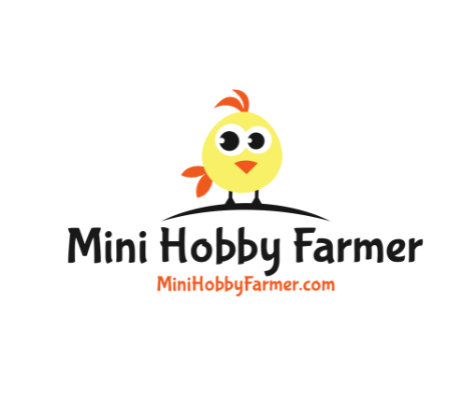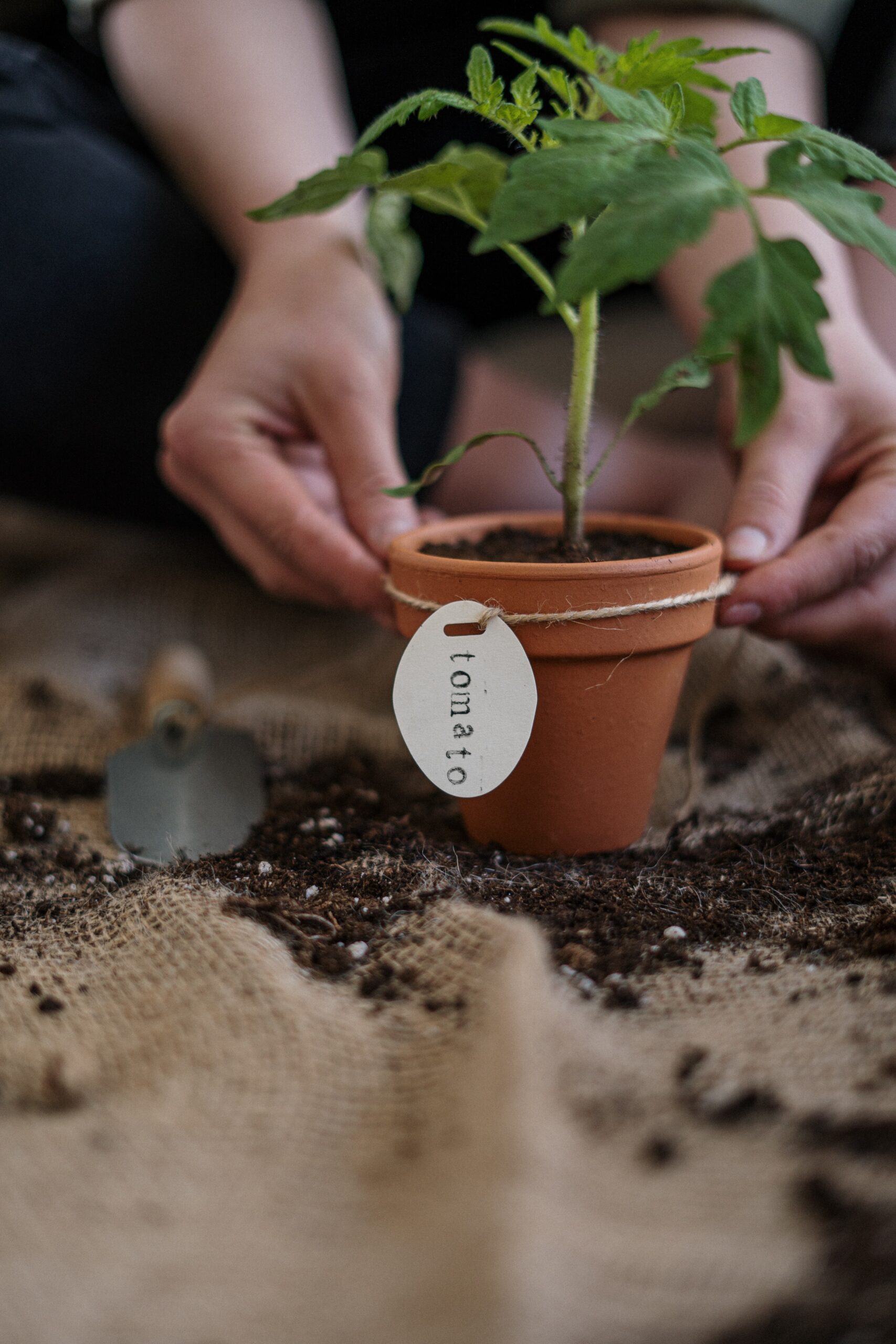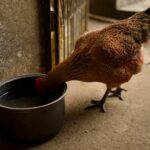Disclaimer: I may make a commission on affiliate links. It does not cost you anything extra as a consumer.
Gardening is a great way to supplement your family’s food. You might be thinking it’s too much for you, especially if you don’t have a green thumb. I can attest, however, it is not that difficult. Nature has a way of coming through!
There are ways to make your garden more manageable. Start small, grow UP and not out, grow ground cover like clover to avoid having to week around your plants. This is not meant to be all-inclusive from start to finish, this is just meant to get you thinking as outdoor planting season is upon us.
Start Small
This is what you want to do if it is your first time. Start with a raised bed or an area approximately 6ftx6ft with a handful of plants. The less you fail, the more likely you will do it again.
Grow UP
This is where you use cattle panels or hog panels to grow vine-type veggies like squash and cucumbers. The less time they spend on the ground the less rot or soft spots, but you will also be able to control the pests much easier.
Planting Ground Cover
Red and white clover is a good ground cover, they grow pretty easily, and they will prevent the weeds from taking over and also hold moisture.
Find Your Planting Zone
Find your planting zone. This might not seem important but, when you go to buy your plants they will let you know care instructions as well as hardiness.
You can find yours here: USDA Plant Hardiness Zone Map
Think About Your Space
Even for a hobby farmer like me with 17 acres of land, I don’t want a garden so big that I have to spend all my time planting/watering/weeding. Tending to a garden should bring you joy if it’s for fun and at the very least, provide you with something that you can use. And by use, I mean flowers for smelling or fruits and veggies for eating. Not all gardens are to produce food. You can just start an herb garden inside. It’s easy and satisfying to flavor your foods.
Feel free to comment to help out the gardening community!!!
Draw Out Your Design
Sit down and put pen to paper, or stylus to tablet, or fingers to keyboard and write out what you expect to gain from your garden. This can be a therapeutic process. I encourage you to write what you want from the garden. Then go and stand in the space of your garden and mentally, or physically draw out a rough outline of where you are going to add those plants you have listed.
Some things to think about:
Companion Planting- this is where you plant things like marigolds with your peppers. This does two things. It helps to provide some ground cover to reduce weeding, and it also is great for insect attraction(bees) and controlling pests.
How many plants: This is an important step to think about. You wouldn’t want to plant all the same types of plants. Who needs 60 heads of lettuce.
Annuals or Perennials-this is where that plant hardiness map comes into play. You can live in areas that are warm enough to where those that say perennial can actually live year-round. You can research this easily with Google.
Pre-packaged Ideas or Be Your Own Guide
You can start by investing in something like this seed kit.
https://www.digistore24.com/redir/379812/AFFILIATE/CAMPAIGNKEY
Or if you really want to be a do-it-yourself type you can follow this link to Amazon and buy a planner from Ms. London. She is a great one to follow on Tik Tok as well. I would recommend following a lot of gardeners as well as homesteaders on social media because you can take what you want and piece it together to fit nicely in your lifestyle. Get the planner here: https://amzn.to/3ka9qM9
Seed Starting

Now that you have your plans. You can use the seed packets and the internet to figure out the dates to start your seeds. I start all of my seeds indoors. This gives them the best start because they will be easier for me to see, control their temperature, and get them wind hearty so they can withstand the elements. Small plants can easily get stepped on, blown over, or pummeled by the rain.
If this is your first year you can consider buying started plants. They can be bought at any nursery, and even WalMart has bulbs that are flowers already started in the spring like hyacinths. Anything I purchase at WalMart like that would be for decoration only.
Get Out and Plant
Get out there and get your hands dirty putting in those seedlings. Make sure they are hardy enough to withstand the weather. They need to be strong enough to stay up when the wind blows or when the rain pushes them down.
Use Your Own Seeds in the Future
Harvesting your own seeds:
Here is where things will get cheaper as you go. For some plants you only need to save the fruit, for others, like lettuce, you will let it go to seed and harvest them. Are you currently buying tomotoes and peppers at the store? You guessed it, you can harvest those seeds, dry them out on a paper towel and save them in a paper bag until you are ready to plant them. I have a decent harvest given the horrible draught we had last year. We companion planted marigolds with our peppers and tomatoes to bring in bees and deter pests. I have successfully harvested enough seeds to make hundreds of flowers.
This can be done with flowers as well. I encourage you to research on how to collect seeds from your herbs as well. Sacrificing one plant to go to seed is worth the amount of seeds you can get from just that one plant.
Things To Consider Buying
A soil blocker and some organic potting soil. Getting the right type of soil is important. Follow the directions on the label when handling and wet the soil so you can pack it into the blocker.
If you are really serious about being sustainable. You can click the graphic below and check out their link and book.



